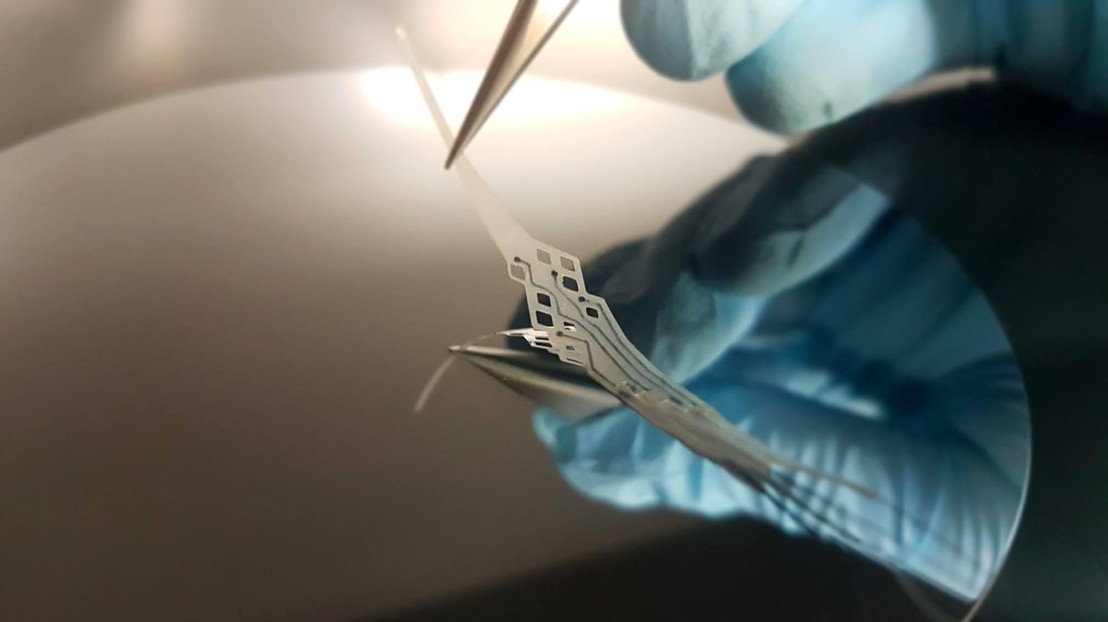CRISPR-Based Gene Editing Platform Sep 29th
Biology
A patented CRISPR-Cas system enabling precise and efficient genome modificationss.
The patented CRISPR-Cas system utilizes a type II CRISPR-Cas9 system derived from Streptococcus pyogenes, which enables precise and efficient genome modifications. This system consists of two primary components: a Cas9 endonuclease and a guide RNA (gRNA). The Cas9 enzyme is responsible for cleaving the target DNA sequence, while the gRNA provides specificity by binding to the protospacer adjacent motif (PAM) and the target sequence.The gRNA is programmed to recognize a specific sequence of nucleotides in the target genome, allowing the Cas9 enzyme to cleave the DNA at that site. The cleavage occurs through a double-stranded break, which is then repaired by the host cell's own DNA repair machinery. This repair process can be harnessed to introduce specific modifications to the genome by providing a template with homologous arms.The CRISPR-Cas system offers several advantages over traditional genome editing techniques, including high specificity, efficiency, and ease of use. The system's specificity is ensured by the gRNA, which can be designed to target unique sequences in the genome. The efficiency of the system is due in part to the ability of the Cas9 enzyme to cleave the target sequence with high precision, resulting in a high rate of successful edits.The patented CRISPR-Cas system has been optimized for a variety of applications, including gene knockout, gene insertion, and gene correction. The system has been shown to be effective in a range of cell types, including mammalian cells, and has the potential to be used in a variety of fields, including basic research, biotechnology, and gene therapy. The system's precision and efficiency make it an attractive tool for researchers and clinicians seeking to understand and manipulate thes genome.
Treating genetic diseases: The patented CRISPR-Cas system can be used to correct genetic mutations that cause inherited diseases, such as sickle cell anemia and cystic fibrosis, by making precise edits to the genome.s
Cancer therapy: This technology can be applied to selectively kill cancer cells by disrupting genes that are specific to cancer, while leaving healthy cells intact.
Gene therapy: The CRISPR-Cas system can be used to introduce healthy copies of a gene into cells to replace faulty or missing genes, providing a potential treatment for genetic disorders.
Agricultural improvements: This technology can be used to introduce desirable traits into crops, such as drought resistance or improved nutritional content, by making targeted edits to the genome.
Synthetic biology: The patented CRISPR-Cas system can be used to design and construct new biological pathways, circuits, and organisms by making precise edits to the genome.
Gene editing for rare genetic disorders: This technology can be applied to treat rare genetic disorders by making precise edits to the genome, providing a potential cure for these conditions.
Immunotherapy: The CRISPR-Cas system can be used to modify immune cells to recognize and attack cancer cells, providing a new approach to cancer treatment.
Gene regulation: This technology can be used to regulate gene expression by making targeted edits to the genome, providing a potential treatment for diseases caused by aberrant gene expression.
Biotechnological applications: The patented CRISPR-Cas system can be used to produce biofuels, bioproducts, and other valuable chemicals by making precise edits to the genome of microorganisms.
Basic research: This technology can be used to study gene function and regulation, providing valuable insights into the underlying biology of various diseases and conditions.

World Bank
Bio
View Patent
